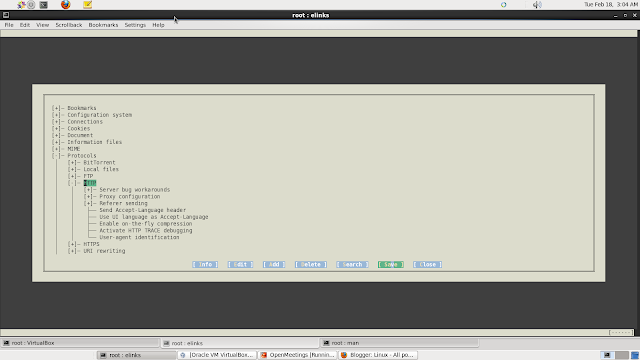How to configure proxy setting for docker in Centos 7
HTTP/HTTPS proxy The Docker daemon uses the HTTP_PROXY , HTTPS_PROXY , and NO_PROXY environmental variables in its start-up environment to configure HTTP or HTTPS proxy behavior. You cannot configure these environment variables using the daemon.json file. This example overrides the default docker.service file. If you are behind an HTTP or HTTPS proxy server, for example in corporate settings, you will need to add this configuration in the Docker systemd service file. Create a systemd drop-in directory for the docker service: $ mkdir -p /etc/systemd/system/docker.service.d Create a file called /etc/systemd/system/docker.service.d/http-proxy.conf that adds the HTTP_PROXY environment variable: [ Service ] Environment = "HTTP_PROXY=http://proxy.example.com:80/" Or, if you are behind an HTTPS proxy server, create a file called /etc/systemd/system/docker.service.d/https-proxy.conf that adds the HTTPS_PROXY environment variable:...
